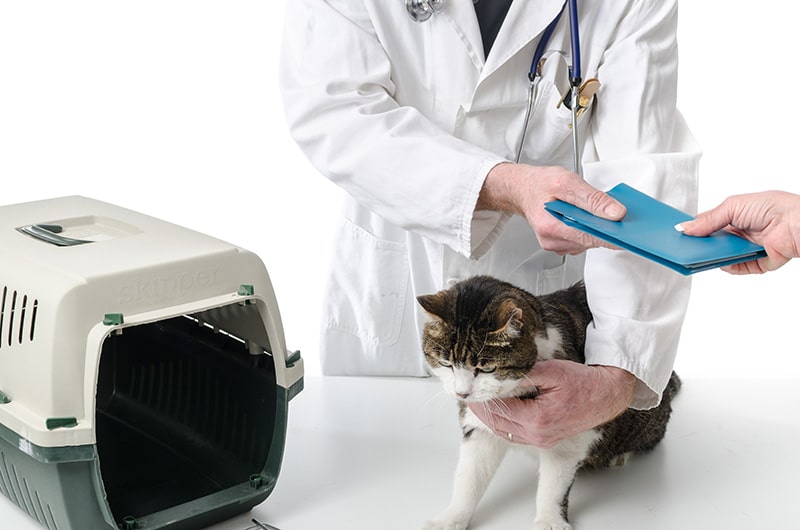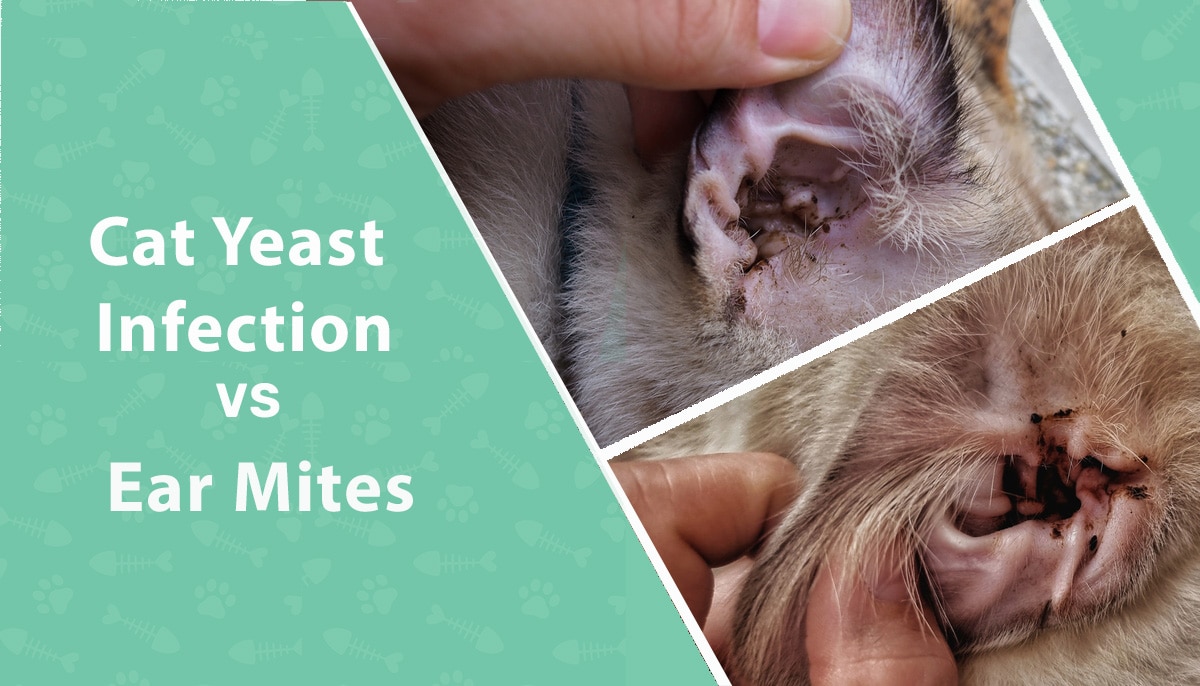Owning a cat is a huge responsibility. In addition to giving excellent care at home, you must also schedule regular vet visits to keep your cat healthy. If your cat’s first vet visit is approaching, the time to prepare is now. You’ll need to bring several items to your cat’s first vet appointment. But what are they?
Below, we’ll review the importance of each item and describe what you can expect at your cat’s first vet visit. If this is a routine visit the appointment should be between 15 and 30 minutes. If you have a long journey to and from the vet you may need to make adjustments for your cat’s comfort, but for the most part the journey there should be short.
Quick Checklist
- Carrier and optional cover
- Blanket
- Treats
- Toy
- Fecal sample
- Paperwork from the shelter or breeder
- List of questions
- Notepad and pen
- Calming spray

The 9 Things to Bring to Your Cat’s First Vet Visit
1. Carrier

The first and most obvious item on your checklist is your cat’s carrier. The carrier will be essential to transporting your cat to and from the vet, and it will ensure that your pet stays in place while you’re at the clinic.
However, the pet carrier serves an even greater purpose than keeping your cat still. If your cat has a good relationship with their carrier, the carrier can provide comfort despite the vet clinic’s unfamiliar environment. Also, by training your cat early on to love their carrier, you can convince them to climb inside much easier 1. This makes taking them to the vet more or less hassle-free. For your cat’s own safety and comfort a carrier is a much better option than a leash and harness.
The best carriers are sturdy and strong, but allow the top and front to be removed or opened. They should be large enough that your cat can comfortably stand and turn around but it need not be so large that it is difficult to carry and get through doors.
2. Blanket
A blanket or towel with your cat’s scent on is a useful item to have. Place a blanket at the bottom of the carrier so they have something soft to lay on and that will also absorb urine in the event of an accident. You can bring a spare towel for the ride home. The blanket will also help to stop them slipping around inside the carrier. Having an item with their scent on, in the carrier will also help to reduce stress. You can also use a blanket to provide a visual shield so your cat can hide by placing it over the carrier once you get to the clinic. This will help to reduce fear if other pets such as dogs are in the clinic at the same time.
3. Treats

Your vet will probably have some treats on hand to offer your cat, but if your cat has particular tastes or a high value treat that they absolutely love, bring that along to your vet visit. This will create a positive association with vet visits. Give your cat treats when they are calm and behaving well so you don’t accidentally reinforce unwanted behaviors. Giving a treat during any injections can really help take their mind off the sting.
4. Toys
Cat toys are excellent tools for vet visits. If your cat is busy playing, they won’t have much time to be stressed. Bring one of your cat’s favorite toys so that they can be comforted by their familiar presence. You can use the toy to help bring your cat out of their cage but again, don’t be surprised if they don’t play as normal in a new environment.
5. Fecal Sample
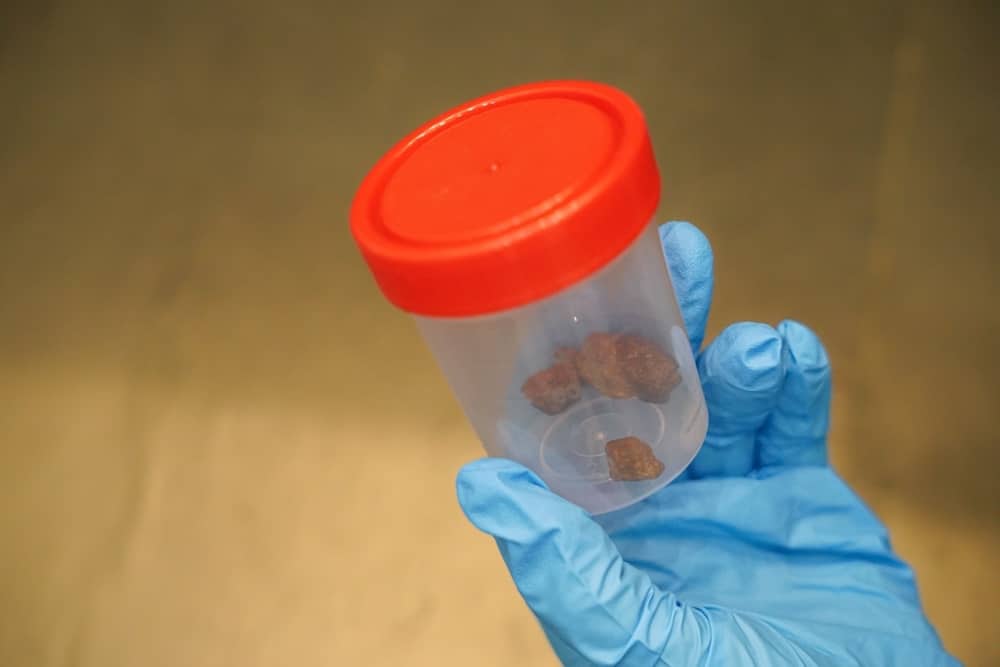
Before heading to your vet appointment, we recommend calling ahead and asking if they want you to bring a fecal sample to the clinic. Many vets request that you bring a fecal sample to your first vet visit to check for intestinal parasites or other issues, but not every clinic will want a sample.
Some clinics do annual or biannual testing, so call ahead to see what your vet clinic’s standard procedure is. Your vet will instruct you on how to get and store a proper sample.
6. Paperwork From the Shelter or Breeder
If you have paperwork from a shelter, breeder, or previous owner, bring it to the appointment. This information will give your vet insight into your cat’s history and health, allowing them to tailor treatment and advice to your unique pet. The paperwork can include things such as a vaccination card, microchip certificate and previous medical history. The more your vet knows about your cat, the better; it will help them provide the best care possible for your pet.
7. List of Questions

Sometimes in the moment, you forget all the questions you need to ask. Make some notes about any health or behavioral concerns you have, and any questions you have about their care. You can also make notes on what you are feeding your cat, eating and bathroom habits, worming treatments, flea treatments, and if your pet is on any medications, as your vet will ask these standard questions.
8. Notepad and Pen
Your vet may give you some important advice about your pet. It can be hard to remember everything that was said, so bring something and jot down a few notes.
9. Calming Spray
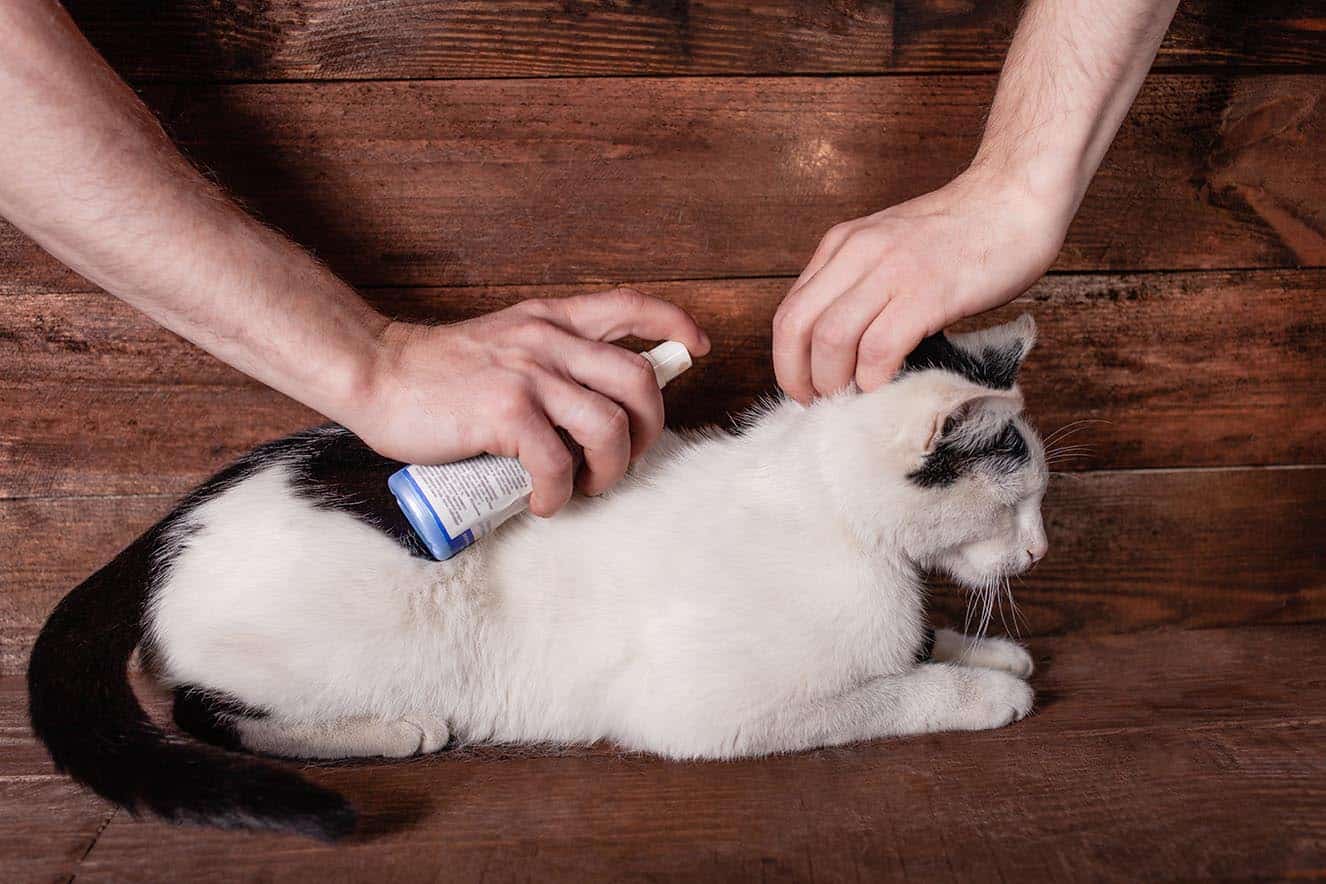
Calming spray is a great addition for every cat. If your cat is extremely anxious they may need sedatives for the appointment prescribed by the vet but, for most cats, a calming spray works well to ease some minor anxiety from the day. Feliway spray replicates a calming cat pheromone (feline facial pheromone) and lasts 4-5 hours. Remember the towel placed in or over the cat carrier? Spray this towel 15 minutes before you need to put your cat in the carrier to take them to the appointment.

What to Expect at Your Cat’s First Vet Visit
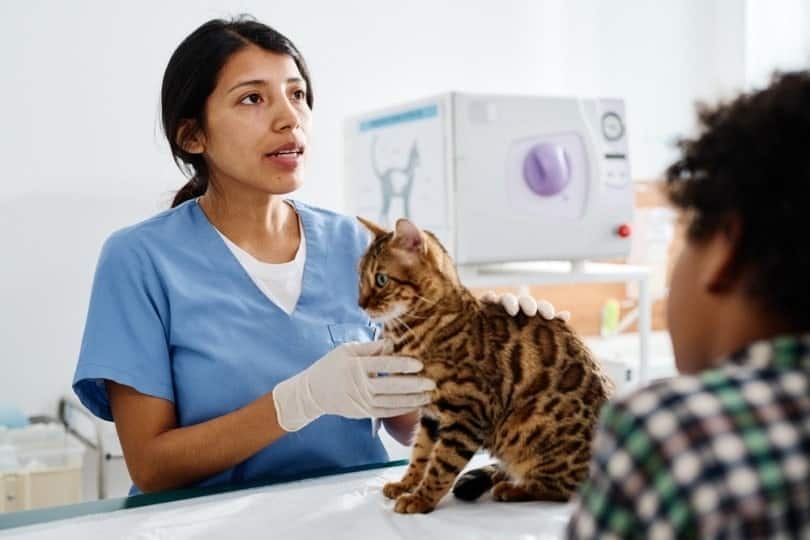
In general, you can expect a physical examination of your cat. The vet will inspect their skin, coat, teeth, ears, and eyes to verify that they are in good health. They will listen to your pet’s heart and lungs with a stethoscope.
During the appointment, it is a good idea for you to ask your vet about the following:
- Microchipping your cat
- Receiving the necessary vaccinations and other preventative treatments
- What to feed your cat
- Spaying or neutering your cat
- Understanding your cat’s needs
Microchipping is essential for your cat’s safety, even if they are an indoor cat. If your cat becomes lost, a microchip can determine whether or not you are ever reunited again. It is better to be safe than sorry, so talk to your vet about the right time to microchip your cat.
Vaccinations are essential for your cat’s health, and many of them are legally required depending on the state or city you live in. Your vet can inform you about which vaccines your cat needs and when they need them. In addition to vaccination, parasite prevention such as worming and flea treatments are often recommended.
Feeding your cat an appropriate diet will help them stay healthy and your vet may have recommendations for your pet. Desexing has health and behavioral benefits for most cats and is recommended to avoid unwanted litters of kittens.
Finally, prepare any questions you may have about your cat’s well-being. You can ask your vet for advice on diet, grooming, exercise, training, and more. The more you know about your cat’s needs, the better you can care for them.
Conclusion
A cat’s first vet visit is a special occasion. To ensure that everything goes smoothly, you can bring the essentials we discussed. It would be great for your cat to have a positive experience, so they aren’t worried about vet visits in the future. When you show up, ensure you are ready to learn about your cat’s care needs. Take a notebook to write down instructions your vet gives you so you can reference them later. Your attentiveness to your cat’s care will help you be a responsible cat owner and a great pet parent.
Featured Image Credit: thodonal88, Shutterstock

